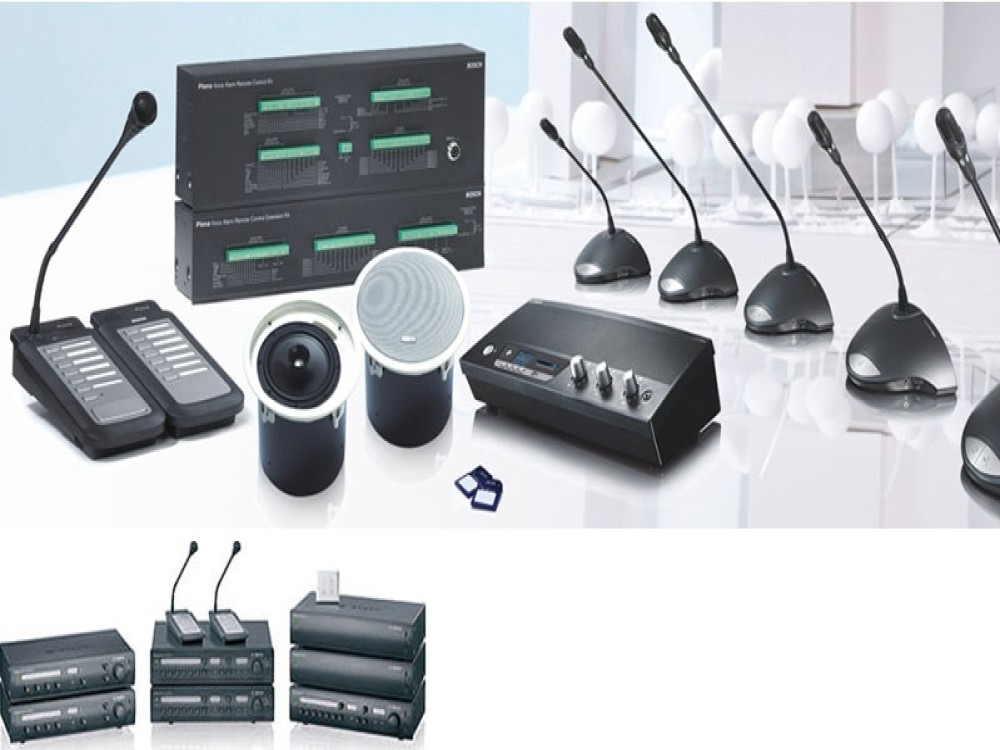
Security automation is the use of technology that performs tasks with reduced human assistance in order to integrate security processes, applications, and infrastructure.
As cyber threats become more numerous and sophisticated, the concept of zero trust security was created to help manage enterprise cyber risk. Instead of implicitly trusting internal users and systems, zero trust security approves or denies access requests on a case-by-case basis driven by role-based access controls (RBACs).
The granular security provided by a zero-trust architecture has significant benefits, but it also creates a significant amount of overhead. Security automation is essential to building a secure, scalable, and sustainable zero-trust strategy.
The Main Benefits of Security Automation
The primary goals of security automation are to enable faster incident response and to increase security agility. These two objectives are accomplished in a few different ways.









